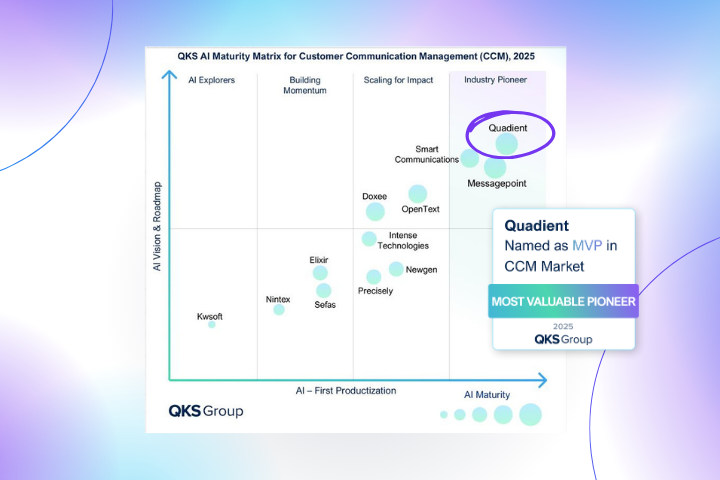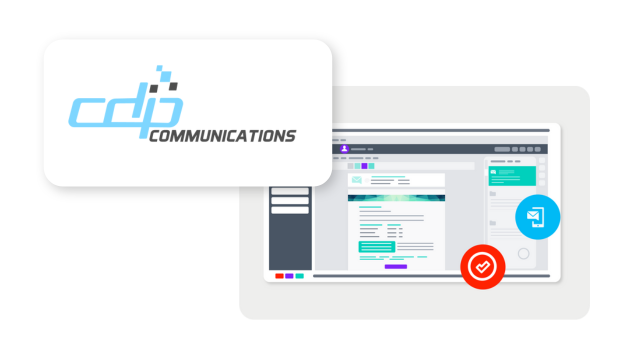
Creating a good credit policy is a bit like walking a tightrope. Veer too far in one direction, and you might create a policy so strict it keeps customers from doing business with you.
Drift the other way by being too relaxed, and you risk constant struggles with slow-paying customers or even those who fail to pay entirely.
Gregory Wineberg, Senior Product Director at Quadient AR by YayPay, believes that a good credit policy helps businesses overcome a variety of potential stumbling blocks: "A well-defined credit policy is important for reducing the risk of late payments and bad debt, but it is also one of the first touchpoints in the customer onboarding process for your brand. With customer satisfaction being critical in business retention today, it is important that this process runs smoothly and provides a great customer experience."
Fortunately, there are a few tried and true methods to help you along the way.

Scouting the Terrain
Before venturing across the highwire, you need to scout the terrain to understand what you're facing.
"There is no one size fits all template when it comes to creating a credit policy," Wineberg said. "Figuring out what is right for your business will begin with examining the programs of other companies in your industry, as well as the type of customers you are servicing."
Different industries have different standards, and some customers may be guided by fairly rigid guidelines. For instance, the Prompt Payment Act requires federal agencies to pay their invoices within 30 days of receipt of a proper invoice or acceptance of supplies delivered or services performed.
"When looking at your customer base, it is useful to segment them by industry, sales volume, and longevity when considering the types of terms you will set," Wineberg continued. "Each of these factors can influence how strict or flexible you can be. For instance, larger or better-established customers may warrant more lenient terms."
It's also important to examine what others in your industry are offering. A good starting point is the Credit Research Foundation's Benchmarking Survey. Participating provides access to a report which compares your performance with similar size companies within your industry. Another useful resource is the quarterly US Accounts Receivable and Days Sales Outstanding Industry Report published by Dun & Bradstreet with the Credit Research Foundation.
Plot a Course for Success
Once you've completed the background research, it's time to plot a course that will carry your credit policy over the chasm of hazards you face. A simple way to begin is by crafting a mission statement that reflects the business ideals you are striving for.
"When putting your vision down on paper, it's worth considering your company's position in the market, and your overall company goals," Wineberg said. "For instance, if your company is primarily focused on growth, your credit goals will necessarily be impacted by this focus. Essentially, the mission statement is how you define the credit department's purpose, and how it relates to the company's primary ambition."
Beyond this broad statement, you should also create quantifiable goals, such as "this quarter we will reduce DSO by X%." Refining and communicating these goals on a regular basis will help optimize your team's performance.

Protect Yourself with a Good Team
A good team of people will help you keep your balance, and a key part of your planning will be detailing the staff members' positions involved in the credit process, as well as what their responsibilities include. You'll want to answer questions like, who currently handles credit? Are your credit managers also responsible for collections? At what point do salespeople escalate credit requests? The answers to such questions can help define the final makeup of your team, and the workflow they follow.
"The credit process needs to be a tool that enables your sales team to increase sales instead of becoming a roadblock," Wineberg said. "This is especially important when it comes to existing businesses and their credit limits. By laying out responsibilities and a clear workflow you help ensure that it nurtures growth, rather than inhibiting it. "
Working with a Safety Net
The next key step is defining how customers will apply for credit. This is a bit like creating a safety net, because you'll be gathering data from each customer who wants credit, and the information you receive will help determine if the risk is worth the reward.
Ask yourself what information you need to feel confident extending terms to a customer. Among the basic items to consider are:
- Full Legal Name of Applicant and Business Name
- Billing and Shipping Address
- Tax ID
- Trade References
- Bank References
- Financial Statements
"In addition to trade references, bank, and financial information, it is equally important to examine credit risk scores from various credit bureaus that detail data-driven factors indicative of a company's ability and willingness to pay on time," Wineberg said.
Know Your Limits
A good acrobat needs to know its limits. How far can they safely go? What are they comfortable risking? You'll need to make similar assessments as you craft your guidelines.
You'll need to consider things like the length of terms your policy offers. Your industry research will help provide a clear picture of what competitors offer. The background data collected on your customer base should also inform the answer to this question. You may extend different terms to different customers, based on their financial history, size, or class–such as providing specific terms for government accounts.
You'll also want to clearly delineate credit limits, provide a detailed explanation of customer responsibilities, and create a clear-cut picture of how late payments are handled. With 93% of organizations stating they receive late payments that impact their cash flow, it's an eventuality you need to plan for. A typical response to delinquent client accounts begins with a credit hold, followed by late fees, lowering of the business's credit limit, or requiring things like ACH pre-pay or deposits for future payments. It is worth considering an automation solution such as Quadient AR by YayPay, which offers flexible payment options and a self-service portal for customers, to decrease the risk of late payments.
"Not only do clearly defined terms and conditions help minimize risk by setting expectations up front, but they also give you the ability to say yes to more customers requesting credit," Wineberg said.
Practice, Practice, Practice
Life on the high wire requires constant vigilance, and a willingness to seek constant improvements of one's expertise. Your skills have to stay razor-sharp. Protecting the financial well-being of your company is no different.
"The work of maintaining your financial health is never done, meaning your credit policy will never truly be a static document," Wineberg added. "As time goes by, you'll need to make adjustments to continually improve your customers' experience."
To find out how an accounts receivable solution like YayPay can further elevate your credit process while minimizing financial risk, book a demo today.









